Updated: October 23rd, 2024 – ConvertKit has now been rebranded as “Kit“. Everything else remains the same. For the rest of this review, all links will now refer to “Kit”.
What Is Kit?
Kit is an autoresponder service that allows you to create landing and optin pages to collect email addresses (list building) and then communicate with your subscribers (email marketing).
Sounds like every other autoresponder service, doesn’t it?
Maybe, but there are some significant differences.
Most notably in its automation processes.
This is where you get to decide who of your subscribers should get what emails based on their behaviour.
So, as an example, if they buy something from you (your own product or an affiliate offer), they get moved to a buyers list where they receive a particular set of emails.
If they don’t buy, they get added to a different list where they receive a different set of emails.
You can keep this as simple as you like, or make it as complex as you need to.
But what it does is give you complete control.
And you can set up your automations in Kit using a visual tool which makes it much, much easier to see how things hang together.
This is something that’s not a part of other alternative autoresponders.
That said, the automation tools and some of the more advanced features are not available to free account holders.
Here’s a tutorial on how to use the various features in Kit (formerly ConvertKit):
Why Use A Kit Free Account?
While the automation features are not available in the Free Account, there are no restrictions on the number of pages, sign-up forms or funnels you can build.
You can choose from 30+ templates, add personalization and design, include an incentive email, create a thank you page, manage subscribers and send broadcast emails.
There’s also no time-limited trial.
You can use these features for as long as you want.
And you can collect and manage up to 300 subscribers with the free account before you need to think about paying for the service.
As far as I’m aware, the only other autoresponder services that allow you a certain number of free subscribers before you start paying are MailChimp and MailerLite (more on these below)
Here’s what’s included in the Kit Free Account:
- Collect up to 10,000 contacts/subscribers
- Create an unlimited number of landing pages
- Unlimited opt-in forms
- Unlimited email broadcasts
- Create 1 Email Sequence (i.e. one list)
- Create 1 Basic Visual Automation
- Audience tagging and segmentation
- Sell digital products
- Unlimited traffic
- Run paid newsletters and subscriptions
- API Access
If you’d prefer to check out Kit’s full set of features, they also offer a free 14-day trial.
Introduction to Kit (formerly ConvertKit) and Free Trial 2025
Kit Pricing
All autoresponders have a sliding scale of cost, depending on the number of subscribers that have been added to your account.
The more subscribers you have, the more you pay.
That sliding scale of pricing is different for each service and the points at which prices are increased is different too.
With the Free Kit Account, it’s always free as long as you have less than 10,000 subscribers.
Once you go over that or you want to use the advanced features offered by Kit, pricing starts at $15 per month (or $108 billed annually) for just 300 subscribers.
The price rises to $29/mo (or $300/yr) for 1,000 subscribers.
Prices continue to rise the more subscribers in your plan.
So building a list of 10,000 subscribers on the Free plan and then switching over to a paid plan is going to be expensive.
In that case you’d end up having to pay $119/mo or $1,200 per year.
If the Free Plan provides all you need, then use it to the max; if you plan on using the advanced features, think about upgrading to a paid plan around the 1,000 subscriber mark to limit the financial shock! ![]()
You can always test-drive all features in the service with their 14-day free trial.
These are the price points for the two paid plans (Creator and Creator Pro):
| # Subscribers | Creator Plan Price Per Month | Creator Plan Price Billed Annually | Creator Pro Plan Price Per Month | Creator Pro Plan Price Billed Annually |
| Up to 300 | $15 | $108 | $29 | $290 |
| Up to 1,000 | $29 | $290 | $59 | $590 |
| Up to 3,000 | $49 | $490 | $79 | $790 |
| Up to 5,000 | $79 | $790 | $111 | $1,110 |
| Up to 8,000 | $99 | $990 | $139 | $1,390 |
| Up to 10,000 | $119 | $1,190 | $167 | $1,670 |
| Up to 15,000 | $149 | $1,490 | $209 | $2,090 |
| Up to 20,000 | $179 | $1,790 | $251 | $2,510 |
| Up to 25,000 | $199 | $1,990 | $279 | $2,790 |
| After that, it’s an extra $60 per 10,000 subscribers you want to add on the Creator Plan and $84 per 10,000 subscribers on the creator pro Plan. | ||||
You can max out at 900,000 subscribers which would cost $3,999 per month (or $39,900 billed annually).
Kit Podcasts
Kit run 3 free separate podcasts that are aimed at content creators, the creator economy and how to get people to open and read your emails:
Kit Vs MailChimp
If you think Kit is starting to look expensive once you get over 1,000 subscribers, remember that it’s providing automation tools and other features that aren’t in other autoresponder services.
MailChimp is another very popular email service.
They now allow free account holders to manage up to 500 subscribers before it’s time to pay them.
On the face of it, that looks like a more appealing offer than Kit’s.
But there’s one MAJOR issue with MailChimp…
…They don’t like marketers in the Internet Marketing and Make Money Online niches.
So, if your line of business is in these or any related niches, when they find out (and they will) they will close your account without notice.
And you lose all the subscribers you’ve collected.
How do I know?
Because it happened to me…
…And other affiliate marketers in the Internet Marketing arena.
If you’re in any other line of business, then MailChimp is a great choice when you’re starting out.
MailChimp 2022 pricing
Kit Vs Aweber
Aweber is the autoresponder service I use, for historical reasons.
I’ve been with them for over almost two decades and I joined them when their pricing was lower than it is today.
So, for me, it’s more economical to stay with them.
I used to pay them legacy pricing of $19.95 per month for up to 5,000 subscribers but in late 2024 they increased my fee by 50% to $30/mo.
This is still way better pricing than new Aweber customers pay – currently they charge a whopping $90/mo for up to 5,000 subscribers.
I used to be able to send an unlimited number of emails as well, but Aweber have throttled email sends for ALL their subscribers to 12X the user’s number of subscribers.
So, on those two counts alone, Kit has become the better option, primarily because they have no restrictions on the number of emails you can send.
Here’s Aweber’s pricing structure from 2022 (you can see their 2025 pricing below):
Aweber 2022 pricing
Currently, Kit charge $49 per month for 5,000 subscribers, so they’re about two-thirds the cost of Aweber.
Aweber does have some automation tools but doesn’t have a visual editor like Kit.
Aweber’s automations are based around what they call Campaigns.
Traditionally, when someone signed up to your list, they were added to what is called your Followup Sequence of emails.
This is a series of emails that are sent out on the schedule you set up (say, 1 email a day).
When your subscriber gets to the end of that sequence, they won’t receive any more emails from you unless you send out Broadcast emails – one-off emails that are not part of your Followup email sequence.
So, with this setup, you have one sequence of emails per list and you can’t control what emails your subscribers will receive.
They’ll simply get all emails in your Followup Sequence.
Campaigns, on the other hand, allow you to set up multiple email sequences on the same list.
There are two ways to trigger when a subscriber to your list will receive emails from a particular Campaign.
The first is when a subscriber is first added to your list.
You can use this trigger on only one Campaign and the emails in it are the first ones your subscriber will receive.
All other Campaigns are triggered by tags.
You add tags on events.
One event is when someone signs up to your list.
You can also add a tag at the end of a Campaign that basically says your subscriber has finished that Campaign.
And you can use that tag as a trigger on another Campaign, so this second Campaign starts when the first one finishes.
This way you can chain multiple Campaigns.
You can also add tags to events like when your subscriber opens a particular email or clicks on a certain link in an email.
And you can use those tags to trigger other Campaigns.
You can also use tags to segment your list.
An example of this would be adding a tag to a subscriber if they click a certain link.
You then know that they’re at least interested in that kind of product.
And you can then send out a Broadcast email only to those people with that tag offering a special deal, coupon or related product.
So you have much greater control over what emails your subscriber receives based on the actions they take when engaging with your emails.
The problem, though, is that there is no visual tool that shows you at a glance how everything you’ve set up hangs together.
When you come back to a complex automation setup after some months to make some tweaks, you have to figure out how you set things up originally again.
This is another reason why Kit is a better choice if you’re going to use automations a lot.
Aweber has a 30-day Free Trial where you can test out all aspects of their system.
But after that, this is the pricing:
Other Kit Alternatives
GetResponse
Another popular autoresponder service used by marketers is GetResponse.
They’ve been around as long as Aweber.
Like Aweber, they also offer a 30-day Free Trial after which you have to start paying.
They’re more expensive than Aweber except for the Essential (Basic) package where you can collect up to 1,000 email addresses rather than Aweber’s 500.
But once you start adding Automations into the mix, they become a lot more expensive.
And, in comparison to Kit, they’re also more expensive.
The most comparable plan to the Kit Creator Plan is Getresponse’s Marketer Plan (since it offers unlimited automations and types of automation whereas the Starter Plan only offers a limited set of automation types).
And it is consistently more expensive than Kit for having at least as many as 25,000 subscribers.
GetResponse no longer offer their Free Plan but you could only collect up to 100 email addresses with it before you needed to upgrade to a paid plan:
Instead, you can sign up with Getresponse and try out a plans features for 30 days.
So, again, Kit is the better option, both because of its Free Plan and because it’s less expensive overall than GetResponse.
MailerLite
MailerLite is another popular though relatively new autoresponder.
They also offer a Free Plan where you can sign up and manage up to 1,000 subscribers.
The difference here to Kit is that you are able to use their automation features, even as a free member.
Their restriction on this account is that you can send out, at most, 12,000 emails per month.
That might sound like a lot, but if you have 1,000 subscribers, you can only email them 12 times each month.
Sending emails daily is what’s recommended so that your subscribers remember who you are and that they’re on your list.
So that 12,000 emails a month looks a bit restrictive now, doesn’t it?
There are some other things that are unique to the MailerLite Free Plan, like all emails being watermarked with the MailerLite logo.
There’s no custom HTML editor, which I presume means you can send text-only emails and can’t format them in any way (like using a different font, changing font size, no bolding or italics, can’t embed images or videos, and so on).
And you don’t get access to their newsletter templates either.
Nevertheless, if you’re just starting out, MailerLite is actually one of the best alternatives to Kit, at least where those first 1,000 subscribers are concerned.
This is MailerLite’s pricing structure:
So they are less expensive than Kit, again up to 25,000 subscribers.
Kit Vs MailChimp Vs MailerLite
This video talks about the merits of the three autoresponder services that offer Free Plans.
Just one thing to note: the video was recorded before Kit introduced their own Free Plan back in 2020:
Kit Affiliate Program
If you’re an affiliate marketer, then you’ll be interested to learn that Kit does indeed have its own affiliate program and it’s run through PartnerStack.
Anyone can join and it’s free to join, so you don’t need to subscribe to Kit beforehand.
To earn that sweet recurring commission, all you need to do is start sharing the custom link that they give you.
But they want you to be a really successful affiliate.
So they also hook you up with helpful resources including:
 A training course with THE Pat Flynn
A training course with THE Pat Flynn Graphics and video assets to create your content
Graphics and video assets to create your content Evergreen webinars to use as a funnel
Evergreen webinars to use as a funnel A dashboard to track your progress
A dashboard to track your progress
Here’s one of the weekly webinars they run (it might be a different one depending on when you’re reading this post):
Each workshop will start at 11AM PST/2PM EST on Thursdays.
Kit pays a 50% commission for 12 months, plus 10-20% recurring revenue beyond 12 months when you earn Bronze, Silver, or Gold status.
Those commissions are going to hit your bank account every month for as long as your referral’s Kit account is active.
So that’s a potential passive income stream right there.
Final Thoughts
So, is it better to start out with a Free Kit Account as opposed to a free account with MailChimp or MailerLite?
It depends on your goals.
If you’re a marketer in the Internet Marketing / Make Money Online niches then, because of MailChimp’s dislike of these, it drops out of the equation.
If you’re in a niche other than those, then MailChimp is probably the best choice when you’re starting out since they allow you to collect up to 500 subscribers with their free account.
But they have no automation features on either their Free or Paid accounts.
If automation and having lots of control over your list and how emails are sent out then, no matter what niche you’re in, it comes down to either Kit, Getresponse, Aweber or MailerLite.
They allow you to collect this number of email addresses in their free plans:
- Aweber: no free plan anymore
- GetResponse: no free plan anymore
- Kit: 10,000
- MailerLite: 1,000
However, while Kit lets you format your emails with styles and templates and has no restriction on the number emails you can send, MailerLite only lets you send out up to 12,000 plain text emails each month with their Free Account.
On the other hand, Kit doesn’t give you access to its automation features with its Free Account whereas MailerLite does.
There will come a point where you collect enough subscribers and will have to start paying for an autoresponder service.
If budget is one of your main considerations, then you should choose MailerLite.
Both services provide visualization tools for creating your automations but Kit‘s is better.
Ultimately, you need to have some idea of the number of people you hope to sign up as subscribers.
And those need to be buyers rather than dead weight subscribers who simply cost you money to keep on your lists each month.
So, while it might be fun to think of the 100,000 or 1 million people you’ll sign up…
…realistically, only a small percentage of those are going to be buying stuff from you.
Each subscriber you get will cost you a small bit of money each and every month.
So you need to keep your lists clean and prune out the dead wood regularly.
This is often a manual and somewhat tedious housekeeping task you need to do.
Kit make this process simpler and less time-consuming than it otherwise would be.
This article details the process.
As I mentioned, if your budget really is tight, then MailerLite is an excellent choice.
If you only want basic automations, then Aweber, Getresponse or MailChimp will fit the bill, but only Getresponse is less expense as your subscriber numbers go above 10,000.
If you’ve already built a list (or lists) with an autoresponder service, then Kit will do free migrations of those lists and subscribers to their platform for you.
So, as far as I can see, for all the features it offers, Kit is the best long-term autoresponder solution.

All the best,
Gary Nugent
Check out my Instagram posts and reels here:
Follow me (@aiaffiliatesecrets) on Instagram
P.S.: Don't forget, if you want to create an internet income of your own, here's one of my recommended ways to do that:
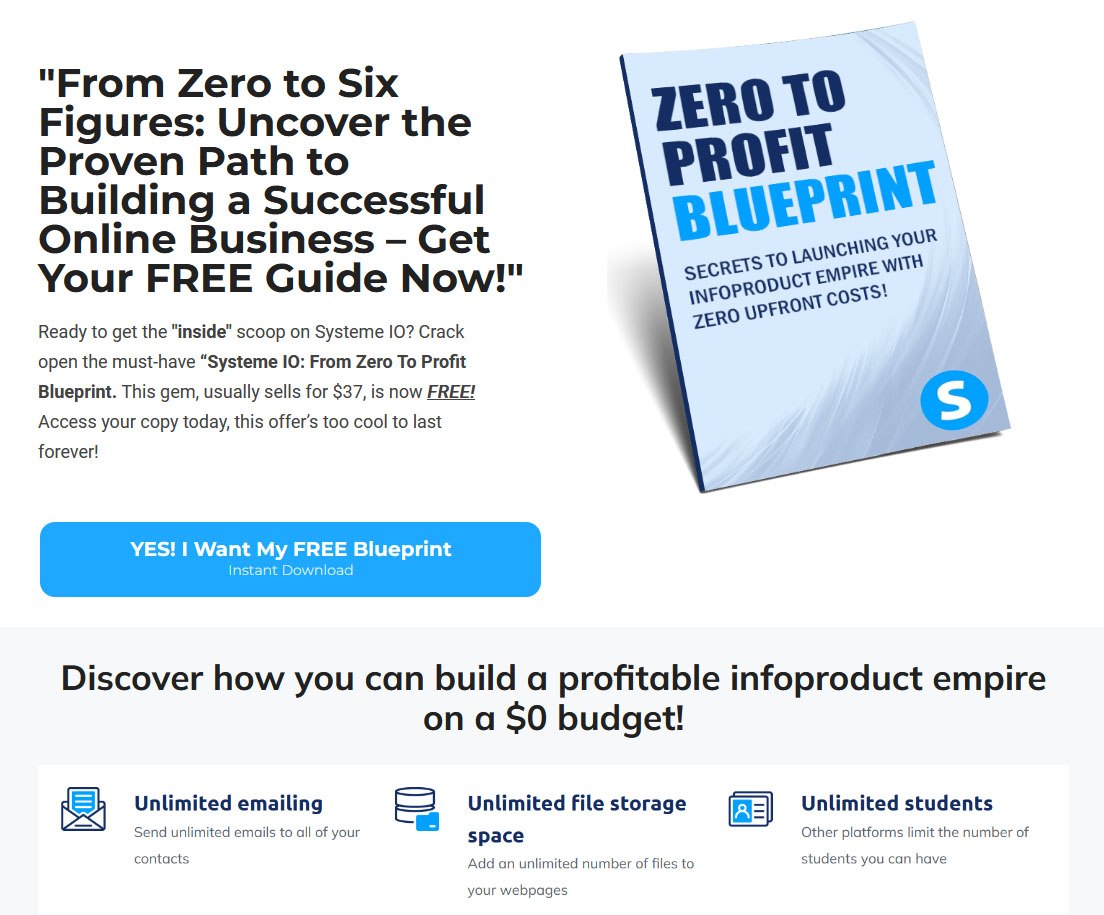


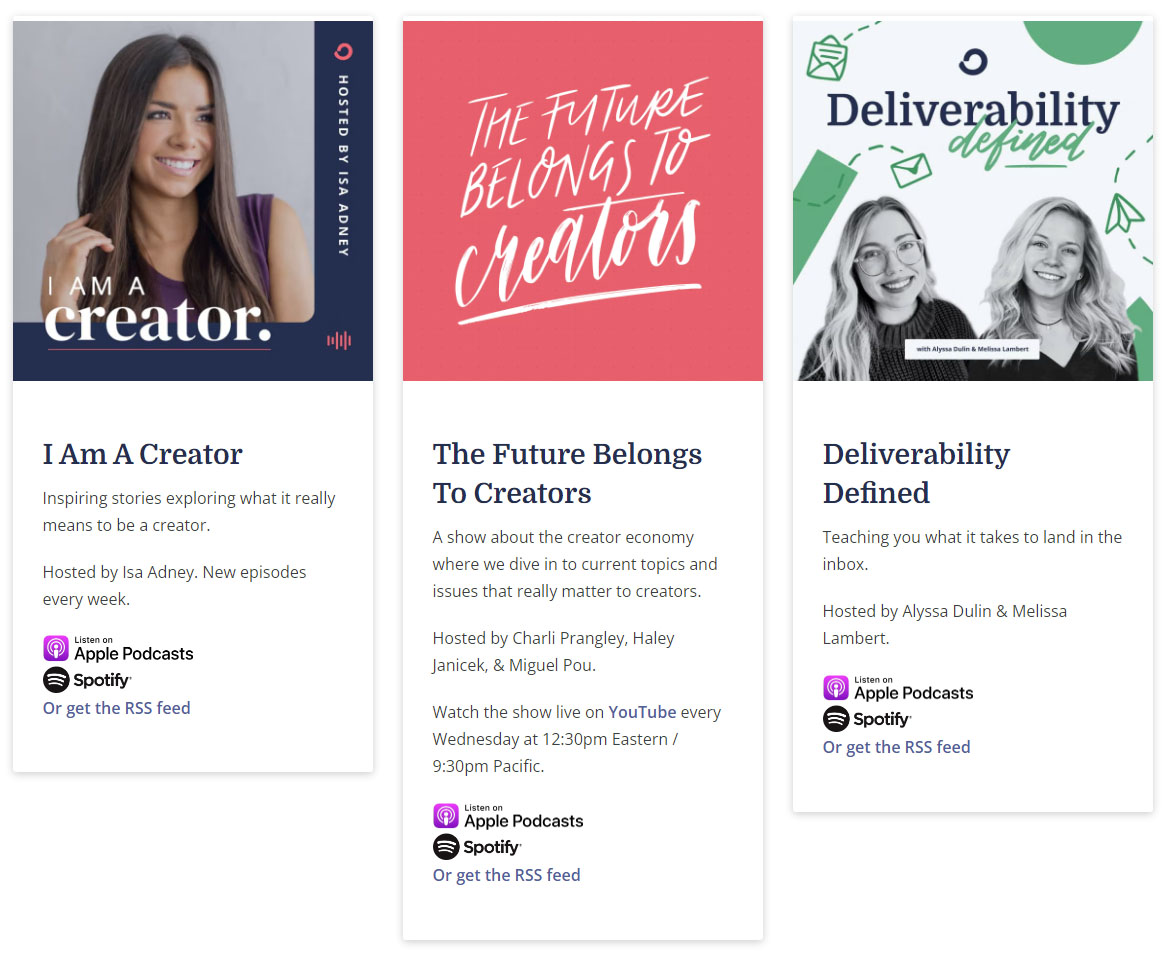

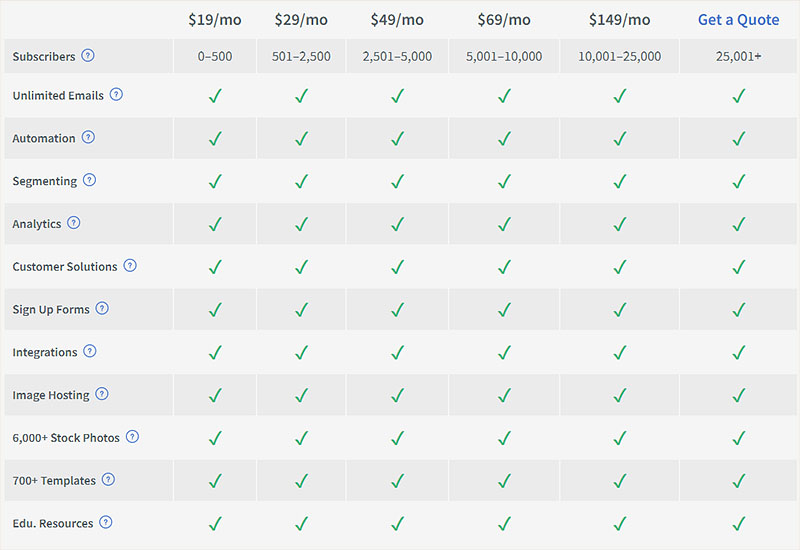




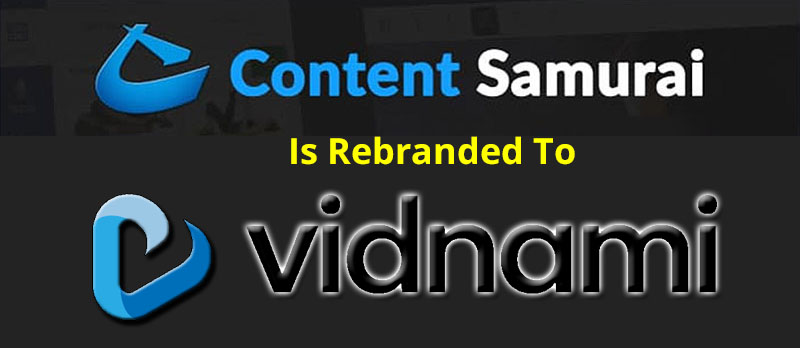
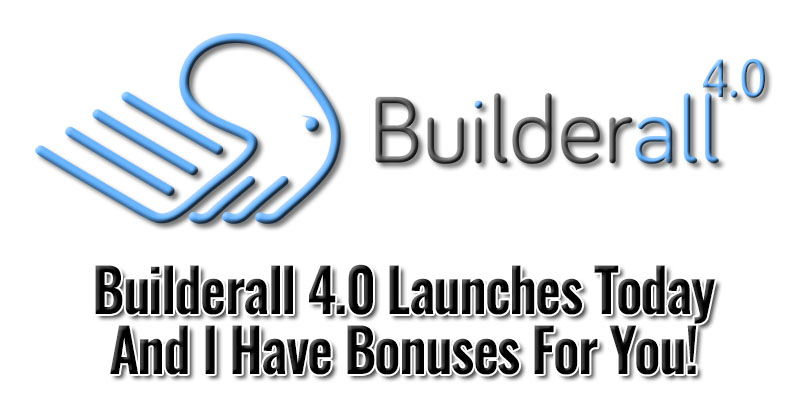
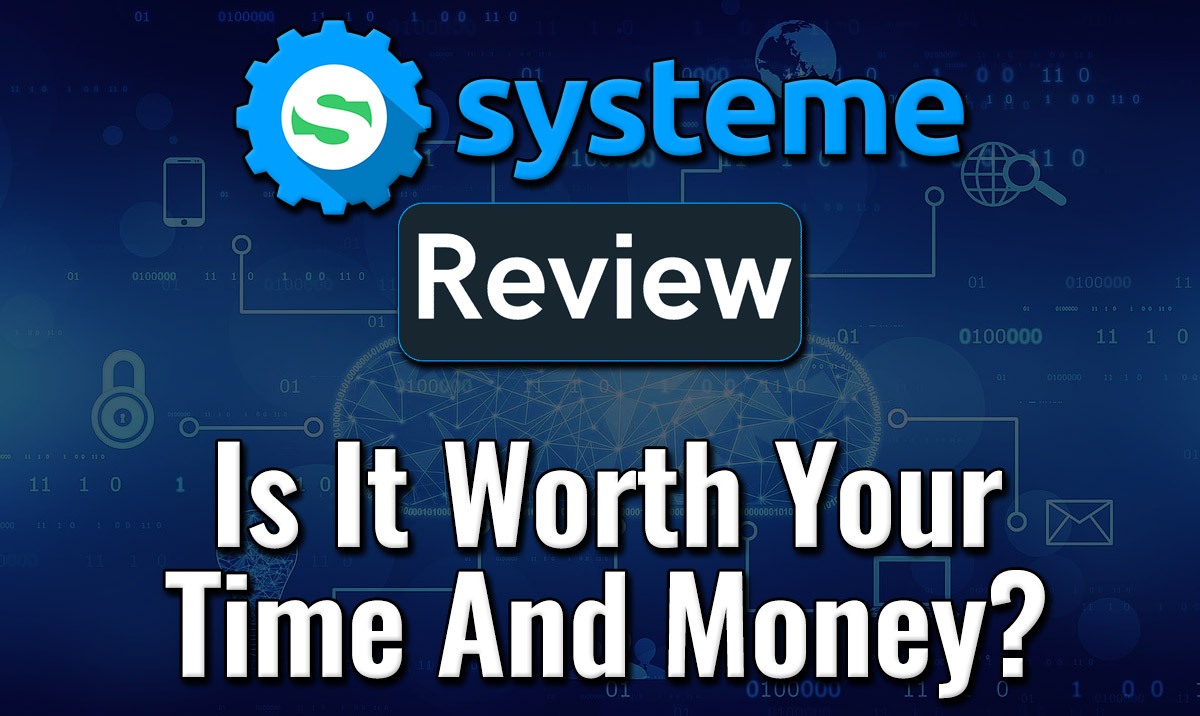
Boy we sure are glad that we found this article to help save us the trouble of finding an email list builder.
Convertkit is the best way to go for free until you start earning and once you do they you can take out payment.
The best article we have seen on Convertkit and for free. You saved us trouble and time.
Cheers,
MnD
Thanks for letting me know that you found the post useful, MnD.
I love their automation tools which come as standard, admittedly only for paid accounts. With Aweber, for example, you have to pay extra to access their automation tools, something of a hidden cost if you don’t know that at the outset!
All the best,
Gary